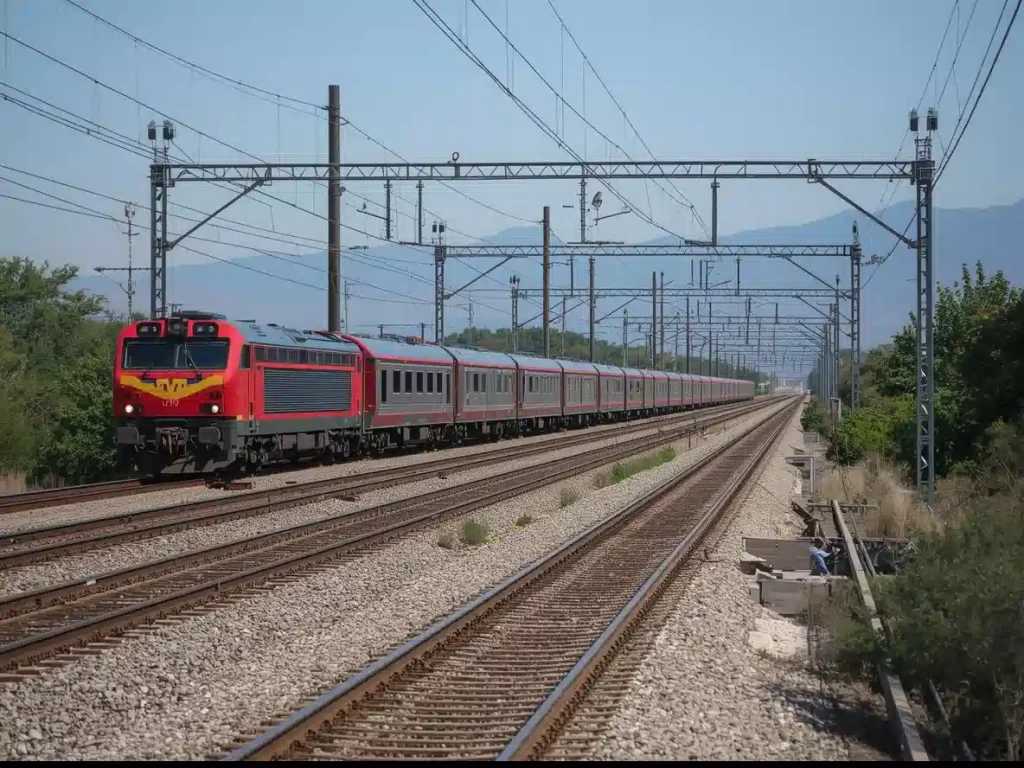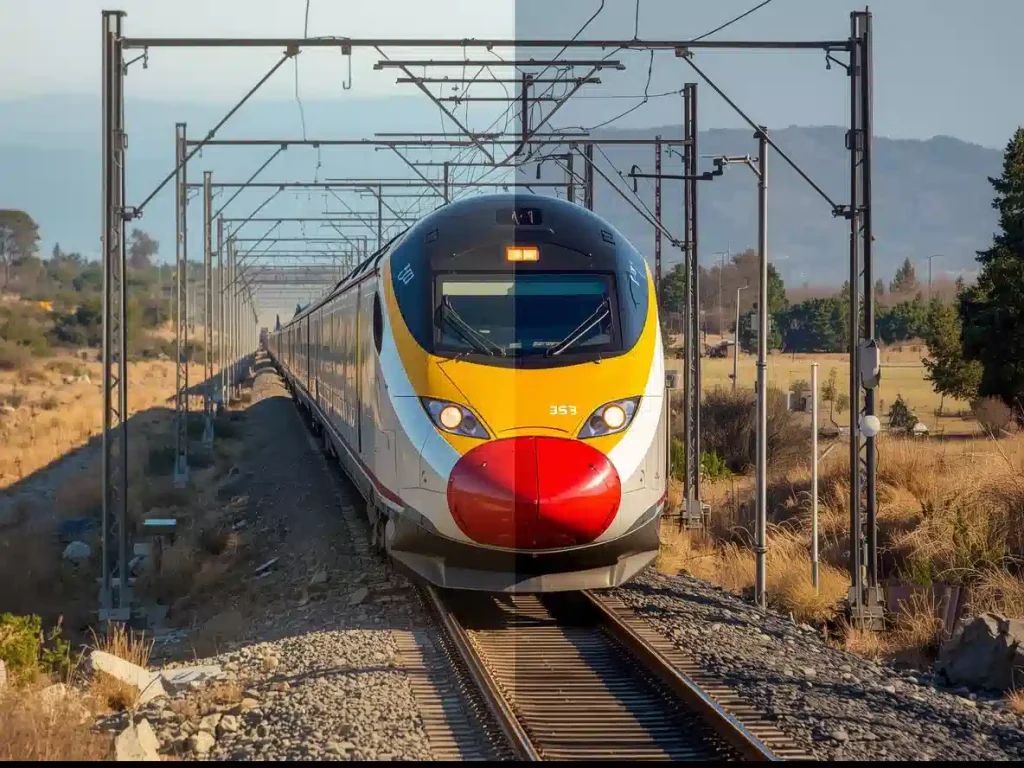Federal Funding Axed: High-Speed Rail Project Grinds to a Halt
In a move that signals a deepening political rift, the Trump Administration has delivered another crippling financial blow to California‘s ambitious high-speed rail project. Transportation Secretary Sean Duffy announced the immediate suspension of $175 million in federal grants, a mere month after the shocking revocation of a separate $4 billion allocation. This decision throws the future of the nation’s most significant infrastructure endeavor into further uncertainty, escalating a legal and ideological battle between Washington and Sacramento. The project, once a symbol of American innovation and green transit, now stands as a stark emblem of political polarization, its progress stalled not by engineering challenges, but by partisan warfare.
The Official Rationale: Labeling a “Boondoggle”
The administration’s justification for pulling the funding is rooted in a narrative of fiscal responsibility and managerial failure. Secretary Duffy did not mince words, publicly branding the decades-in-the-making project a “boondoggle”—a powerful term implying a wasteful and impractical venture. He pointed to the project’s immense cost, approximately $15 billion spent to date, and its perceived lack of tangible progress. “California has not been able to lay a single track of high-speed rail in twenty years,” Duffy remarked, framing the decision as a necessary halt to perpetual waste. This suspension directly impacts four critical components: track extensions, vital grade separations for safety, ongoing design work, and the construction of a new railway station in Madera, effectively halting forward momentum on these fronts.
California’s Furious Rebuttal: “Unlawful Assault”
In response, the California High-Speed Rail Authority has launched a fierce counteroffensive, framing the funding cut not as a fiscal decision, but as a targeted political attack. A spokesperson for the authority issued a scathing statement, calling the move an “unlawful and politically motivated and underhanded assault on California High-Speed Rail and the Central Valley communities.” They vehemently contested the administration’s claims of failure, asserting that construction is actively underway and that California is building “the only true high-speed system under active construction on the continent.” This defiant stance sets the stage for a protracted legal battle, with the state already initiating lawsuits against the Department of Transportation.

A Timeline of Escalating Tensions
The current crisis is not an isolated incident but the latest volley in a long-simmering conflict. The rift burst into the open in July when the Federal Railroad Administration (FRA), acting on orders from the administration, formally rescinded all federal funding for the project. This drastic action was based on an FRA report that cited “serious concerns” about the project’s feasibility, its failure to meet critical timeline milestones, and alleged breaches of contractual terms. California immediately filed suit, arguing the federal government’s actions were illegal. The war of words has since spilled into the media, with Secretary Duffy penning an op-ed accusing Governor Newsom of having “no clue what functional government looks like,” further personalizing and intensifying the dispute.
The Stakes: Billions, Blueprints, and a Broken Dream
The implications of this funding war extend far beyond political point-scoring. The high-speed rail project was born from a 2008 state ballot measure that promised a revolutionary transit link between San Francisco and Los Angeles. However, due to ballooning costs and logistical hurdles, the vision has been drastically scaled back to an initial 170-mile segment in the Central Valley, connecting Merced to Bakersfield. Even this truncated version carries an estimated price tag of $22 billion and a projected completion date of 2033. While the rail authority maintains that most funding is state-derived, the loss of federal support creates a critical financial gap and undermines confidence, potentially scaring off future public and private investment. The dream of high-speed rail in America now hangs in the balance, caught in the crossfire of a fundamental debate over the role of government, the future of transportation, and the very definition of progress.

Table of Contents
Reference Website:
https://www.cnbc.com/2025/08/26/trump-duffy-california-rail.html